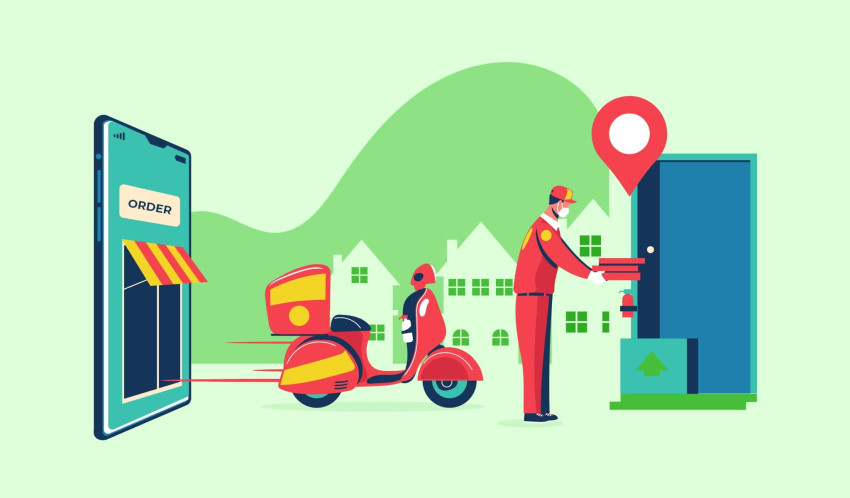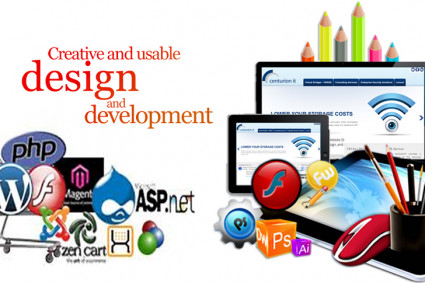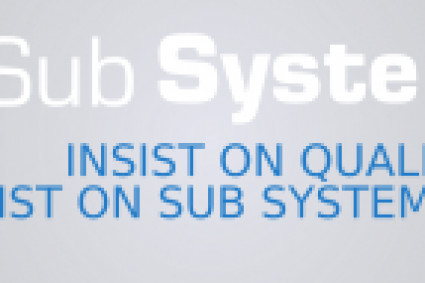
The food industry is revolutionizing day-by-day and various advancements are taking place to make the food ordering and delivery process smoother and quicker. Implementing a multi-restaurant food delivery system is also one of the to make the processes easy for both food businesses and customers. An online food delivery system enables ventures to accept & streamline food orders from customers and deliver them to their doorstep.
Businesses can take help from the best food delivery app developers to create a full-fledged system. It can appear as the right solution for many food startups and leading restaurants to enlarge their businesses. Various businesses seem interested in investing in food delivery app development to attend to the current market and customer demands. Let’s get into the information on how to create a multi-restaurant food delivery system-
Steps to Build Your Multi-Restaurant Food Delivery System
With the help of a leading food ordering app Development Company, ventures can craft their system by implementing a strategic approach, the latest technologies, and engaging user experience. Here is a guide to help you get started-
- Market Research & Identification
Before creating a multi-restaurant food delivery system, it is necessary to identify the latest market requirements while analyzing target audiences and the competitive landscape. Consider factors such as preferences, location, age groups, and behavior. Also, analyze competitors and find ways to create strategies and apply unique approaches. It is also essential to evaluate strengths, weaknesses, and features to include.
To create an engaging food delivery application, you must stay updated on the newest trends comprising contactless delivery, personalized recommendation, voice recognition, and sustainable practices. It is obligatory to research the required licenses, legal constraints, and food safety regulations that can directly affect your app’s development process and operation.
- Business Model
For a food delivery startup, applying a business model suitable to its long-term goals is an essential thing to do. Various options for business models comprise a commission-based model (charging specific fees from restaurants), a hybrid approach, and a subscription model. The model will also include pricing structure, customer acquisition, key activities, value proposition, and key partners.
If you want to build a successful food delivery app, it will involve attentive consideration of every aspect of the business model. Consideration of the local market, requirements of both restaurants & consumers and the competitive landscape is also needed while choosing a business model to drive profitability and augment inclusive user satisfaction & engagement.
- Revenue Model
The main motive behind every restaurant's mobile app development is to make money. Any businesses that create a multi-restaurant food delivery app add delivery charges, third-party advertisements, revenue sharing, surge prices, and promotional services to monetize it. Adding a revenue model ensures the profitability and sustainability of the system, hence, ventures also go for a commission-based model, subscription-based model, or premium features.
The success of the added revenue model elevates when maintaining a balance between viable competition rates and providing satisfying services contributing to the financial viability and progress of the food delivery application.
- Must-have Features
Want to develop a user-friendly and engaging food delivery app? Then, you must integrate both core and advanced features into it. You can also consider hiring the best food delivery app developers who have experience and know what type of features should be added to a restaurant mobile app.
There are four key panels included- user panel, restaurant panel, delivery personnel panel, and admin panel. These four must have their unique features to make the food ordering and delivery process convenient. Have a look at their features-
User Panel: Sign-up/sign-in, creating a profile, dashboard, geo-location, food cart, payment gateway, save address, scheduling the order, call/chat option, order history, customer support, review & rating, push notifications, real-time tracking, offers & coupons, search bar, and filters.
Restaurant Panel: Sign-up/sign-in, Restaurant profile, dashboard, add products, accept/reject orders, order management, account & management, payment management, special offers, customized notifications, payment tracking, order alert, order reports, and customer support.
Delivery Personnel Panel: Sign-up/sign-in, creating profile, accept/reject order, deliver history, call/chat option, order management, status update, and chat support.
Admin Panel: Dashboard, managing profile, payment management, customer management, restaurant management, order management, delivery personnel management, discount & promotion management, managing feedback, and reporting & analytics.
- Apply Latest Trends
We can see every other food delivery app is embracing some new advancement as it is important to stay ahead of the curve while providing elevated user experience and operational competence. Integrating modern-edge technologies and trends such as Artificial Intelligence, augmented and virtual reality, IoT, Machine Learning, cloud technology, automation tools, Blockchain technology, and many more enables food businesses to offer personalized recommendations, optimize best delivery routes, and foresee user preferences.
Adoption of these tech trends not only makes your food delivery app stand out but also caters to the changing requirements and expectations of today’s health-conscious and modernized consumers.
- Picking a Tech Stack
Implementing an appropriate technology stack into your food delivery app will ensure the success and efficient working of the app. Hence, the tech stack must include scalable and robust technologies and tools. Here it is-
Front-end Development: Flutter or React Native
Back-end Development: Express.js, Node.js
Payment Gateways: Braintree, PayPal, Square API, or Stripe
Databases: PostgreSQL, MongoDB
APIs: GraphQL
Cloud Environment: Google, AWS, Azure
Real-time Location: Core location framework (iOS) and Google Location API (Android)
Real-time Tracking: MapKit (iOS), Google Maps API (Android), GrubHub API and Foursqaure’s API.
Choosing a proper technology stack also directly affects the overall cost of developing a food delivery app. Therefore, you need to research well before selecting one.
- Conduct Different Testing
A rigorous testing process is a must to ensure a reliable and smooth user experience. By conducting different types of comprehensive tests, food delivery app developers can address all the issues and bugs to augment the app’s performance and functionality while delivering an engaging user experience. These tests include Functional testing, Performance testing, Usability testing, Compatibility testing, Security testing, Regression testing, and others.
This wide range of testing will ensure the success of your food delivery application in the competitive market.
Conclusion
Creating a multi-restaurant food delivery system consists of an all-inclusive approach from market analysis to choosing a tech stack to marketing. By considering the above points strategically, you will be able to get a sustainable and successful platform in the end that will help you stay competitive in the food industry. For better results, you must choose a leading food ordering app development company with skilled developers who will assist you from start to end and build a feature-rich system to satisfy all your business and customers’ requirements.





